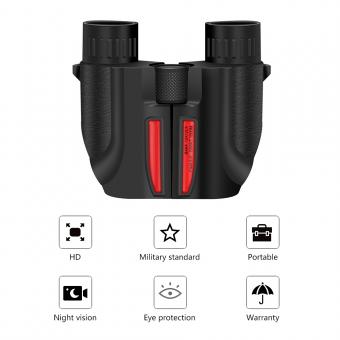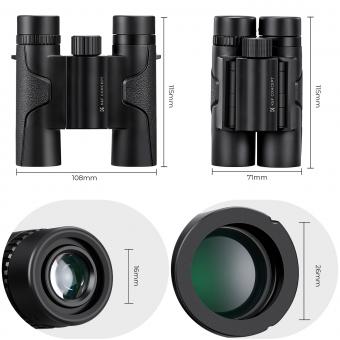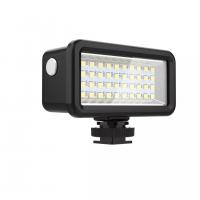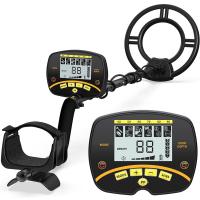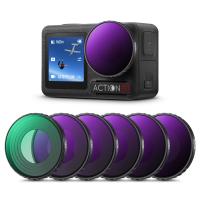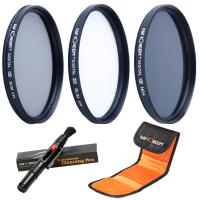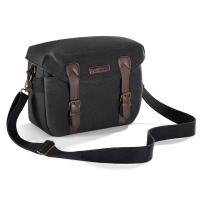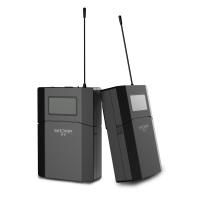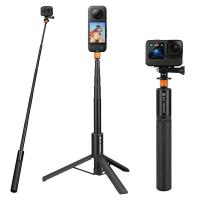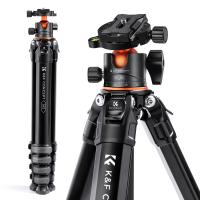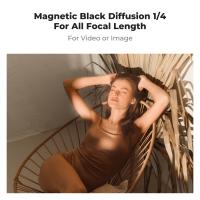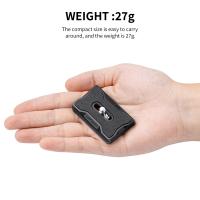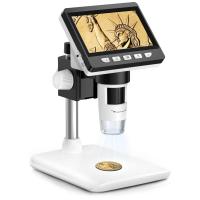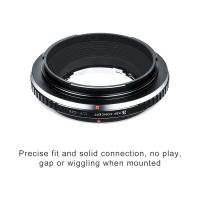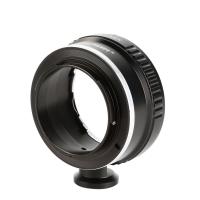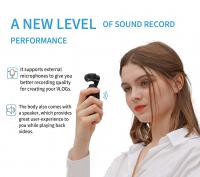What To Look For In Buying Binoculars ?
When buying binoculars, there are several factors to consider. First, consider the magnification power and objective lens diameter. A higher magnification power allows for a closer view, but can also result in a shakier image. A larger objective lens diameter allows for more light to enter the binoculars, resulting in a brighter image.
Next, consider the field of view, or the width of the area visible through the binoculars. A wider field of view is useful for tracking moving objects.
Also consider the size and weight of the binoculars, as well as the type of prism used (roof or porro). Roof prisms are more compact and durable, while porro prisms offer a wider field of view.
Finally, consider the quality of the lenses and coatings used, as well as any additional features such as waterproofing or image stabilization.
1、 Magnification and Objective Lens Diameter
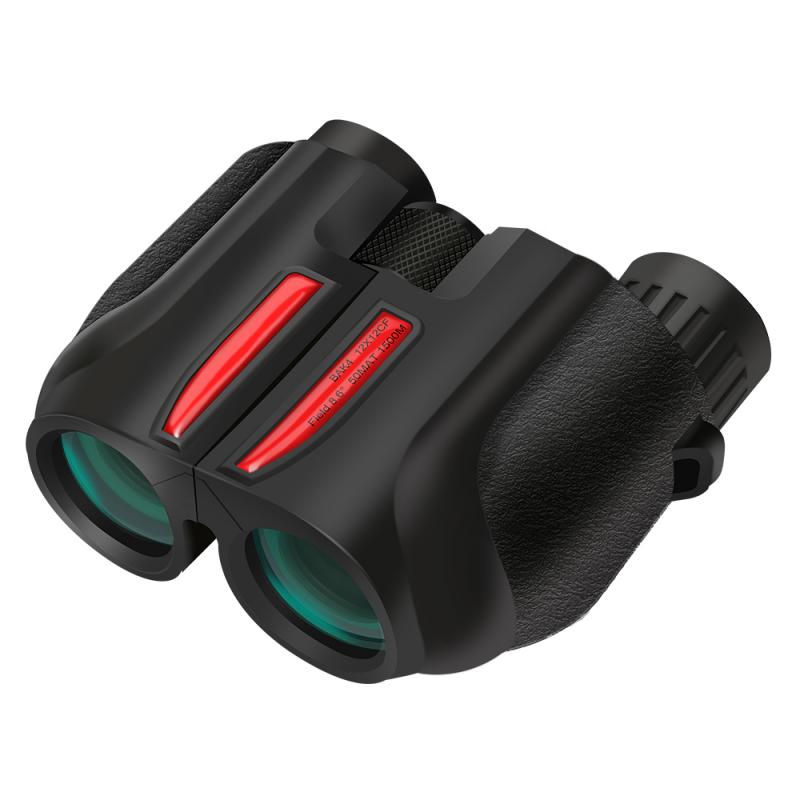
What to look for in buying binoculars? There are several factors to consider, but two of the most important are magnification and objective lens diameter.
Magnification refers to how much closer an object appears when viewed through the binoculars. Common magnifications for binoculars range from 8x to 12x, with some models offering even higher magnification. However, it's important to note that higher magnification doesn't always mean better image quality. In fact, higher magnification can make it more difficult to hold the binoculars steady and can result in a narrower field of view.
Objective lens diameter refers to the size of the front lenses of the binoculars. A larger objective lens diameter allows more light to enter the binoculars, resulting in a brighter and clearer image. However, larger objective lenses also mean heavier and bulkier binoculars, which may not be ideal for all users.
In addition to magnification and objective lens diameter, other factors to consider when buying binoculars include the type of prism used (roof or porro), the quality of the lenses and coatings, the field of view, and the overall build quality and durability of the binoculars.
It's also worth noting that advancements in technology have led to the development of image-stabilized binoculars, which can help reduce hand shake and provide a steadier image. However, these models tend to be more expensive and may not be necessary for all users.
Ultimately, the best binoculars for you will depend on your specific needs and preferences. It's important to do your research and try out different models before making a purchase to ensure that you find the right pair for you.
2、 Lens Coating and Quality
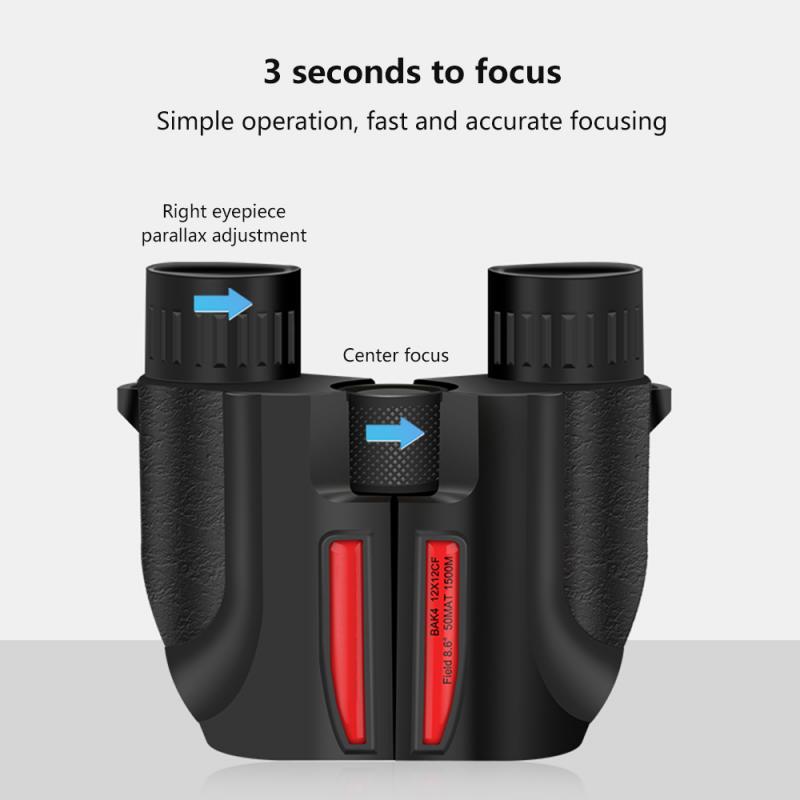
What to look for in buying binoculars? One of the most important factors to consider is the lens coating and quality. The lens coating is responsible for reducing glare and improving image clarity, while the quality of the lens determines the sharpness and brightness of the image.
When it comes to lens coating, there are different types available such as coated, fully coated, multi-coated, and fully multi-coated. Coated lenses have a single layer of coating on at least one lens surface, while fully coated lenses have a single layer of coating on all air-to-glass surfaces. Multi-coated lenses have multiple layers of coating on at least one lens surface, while fully multi-coated lenses have multiple layers of coating on all air-to-glass surfaces. Fully multi-coated lenses are the best option as they provide the highest level of light transmission and image clarity.
In terms of lens quality, the type of glass used and the manufacturing process are important factors to consider. High-quality binoculars use ED (extra-low dispersion) glass, which reduces chromatic aberration and produces sharper images. The manufacturing process also plays a role in the quality of the lens, with precision grinding and polishing resulting in better image clarity.
The latest point of view on lens coating and quality is that advancements in technology have led to the development of new coatings and glass materials that further improve image quality. For example, some binoculars now use dielectric coatings, which reflect more light and provide brighter images. Additionally, new types of glass such as fluorite and ultra-low dispersion glass are being used to further reduce chromatic aberration and improve image sharpness.
Overall, when buying binoculars, it is important to consider the lens coating and quality to ensure the best possible image clarity and brightness. Fully multi-coated lenses and high-quality glass materials such as ED glass are recommended for the best viewing experience.
3、 Field of View and Close Focus
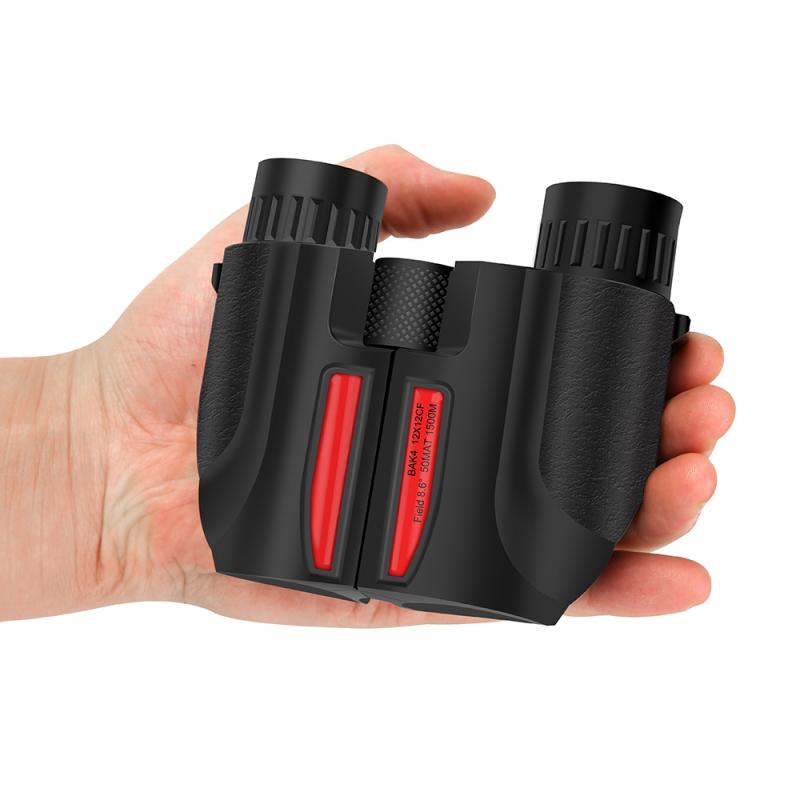
What to look for in buying binoculars? There are several factors to consider, but two of the most important are Field of View and Close Focus.
Field of View refers to the width of the area that can be seen through the binoculars. A wider field of view is generally better, as it allows you to see more of the scene at once. This is especially important for birdwatching, wildlife observation, and other outdoor activities where you need to quickly locate and track moving objects. However, a wider field of view may come at the expense of image quality, so it's important to find a balance that works for your needs.
Close Focus is the minimum distance at which the binoculars can focus on an object. This is important for observing small details, such as the markings on a bird's feathers or the texture of a flower petal. A closer focus distance is generally better, but again, it's important to find a balance with other factors such as field of view and image quality.
In addition to these factors, other things to consider when buying binoculars include magnification, objective lens size, and overall build quality. It's also important to try out different models in person if possible, to get a feel for their ergonomics and ease of use.
The latest point of view on buying binoculars is that advancements in technology have led to the development of more compact and lightweight models that still offer excellent image quality and performance. Additionally, many newer models feature coatings and other technologies that improve image brightness, clarity, and color accuracy.
4、 Eye Relief and Comfort
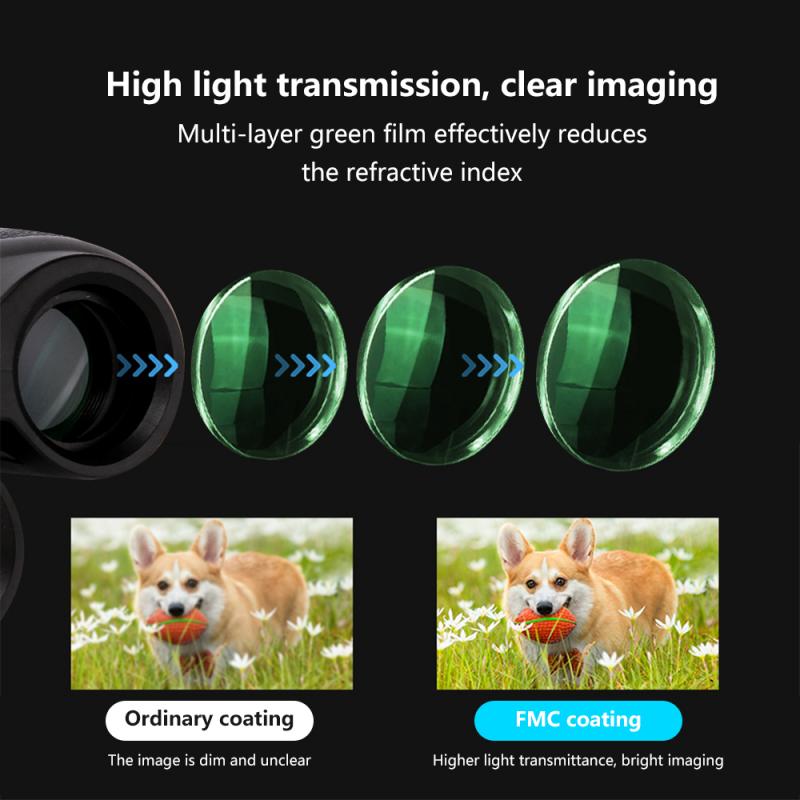
What to look for in buying binoculars? Eye Relief and Comfort are two crucial factors to consider. Eye relief refers to the distance between the eyepiece and your eye when you're using the binoculars. It's essential to choose binoculars with a comfortable eye relief distance, especially if you wear glasses. A longer eye relief distance will allow you to use the binoculars without removing your glasses, making it more convenient and comfortable to use.
Comfort is also an important factor to consider when buying binoculars. You want to choose binoculars that are comfortable to hold and use for extended periods. Look for binoculars with a comfortable grip and lightweight design. The weight of the binoculars can affect how comfortable they are to use, especially if you plan to use them for extended periods.
In addition to eye relief and comfort, there are other factors to consider when buying binoculars. These include the magnification, objective lens size, and field of view. The latest point of view is that you should also consider the quality of the optics, such as the coatings on the lenses, as this can affect the clarity and brightness of the image.
Overall, when buying binoculars, it's essential to consider your needs and preferences. Think about how you plan to use the binoculars and what features are most important to you. By considering these factors, you can choose binoculars that are comfortable, easy to use, and provide clear and bright images.




